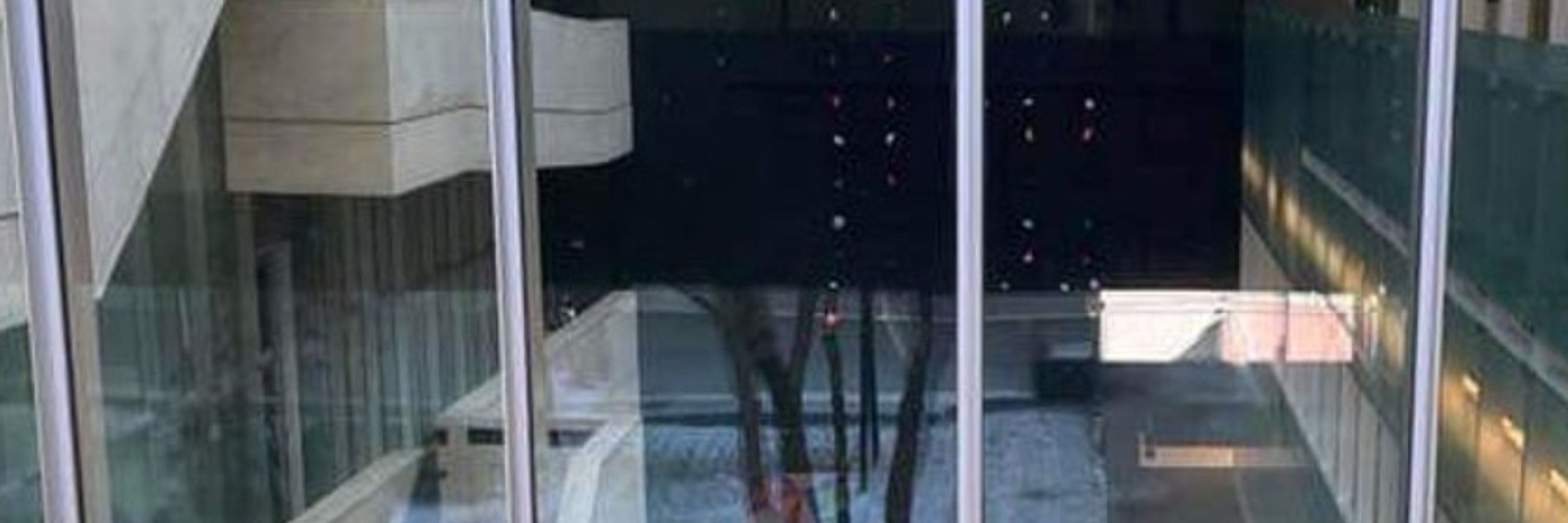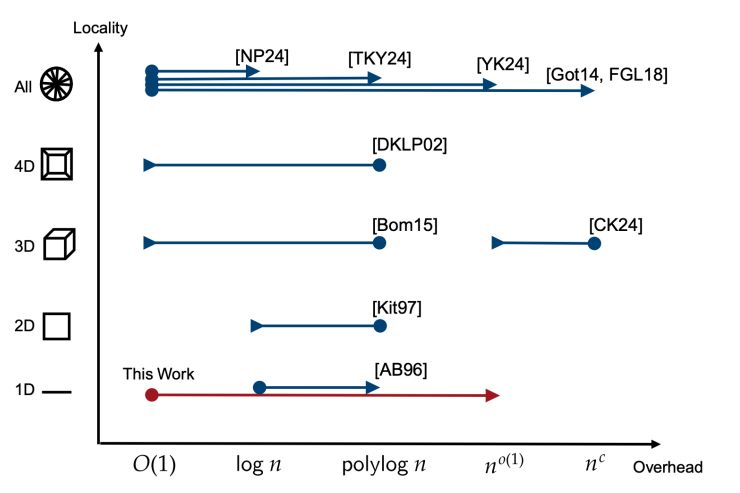

Trading hundreds of qubits for just 20 qutrits isn't a big ask in terms of temporarily switching dimension of the system either.
Trading hundreds of qubits for just 20 qutrits isn't a big ask in terms of temporarily switching dimension of the system either.
if one throws out everything but the leading order, error^16 suppression sounds pretty good...
if one throws out everything but the leading order, error^16 suppression sounds pretty good...
Will check out the relevant section for technical details
Will check out the relevant section for technical details
Pieceably transversal CCZs (which are applicable to arbitrary CSS codes) are targeted, but they would need a depth of O(d).
Interesting to see how much better tailored targeted codes can do!
Pieceably transversal CCZs (which are applicable to arbitrary CSS codes) are targeted, but they would need a depth of O(d).
Interesting to see how much better tailored targeted codes can do!
Reg the other way around (good confinement ⊆ good soundness), it's also somehow implicit that small errors trigger a small syndrome?
Reg the other way around (good confinement ⊆ good soundness), it's also somehow implicit that small errors trigger a small syndrome?

